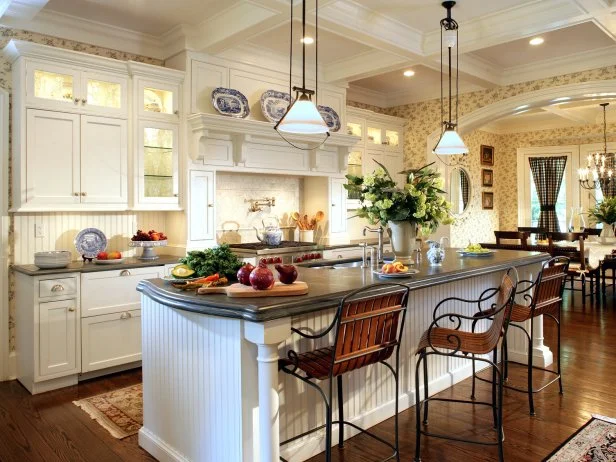Boost Your Space with Stylish Legs For Kitchen Island Layouts
Boost Your Space with Stylish Legs For Kitchen Island Layouts
Blog Article
An Overview to Choosing the Perfect Legs For Kitchen Area Island for Your Home
Choosing the suitable legs for your cooking area island is a nuanced choice that affects both the performance and visual charm of this central space. As you think about these components, it ends up being apparent that the right legs can change not just the look of your kitchen yet additionally its usability for years to come.

Comprehending Kitchen Island Legs
When picking legs for a kitchen island, it's necessary to recognize their functional and visual duties in the overall layout. The legs work as a vital support group, making sure security and toughness for the island, which frequently operates as a workspace, dining location, or gathering area. Consequently, the choice of material and building strategy should be durable adequate to withstand everyday usage and possible wear.
In enhancement to their architectural duties, legs contribute dramatically to the island's visual appeal. They can boost the kitchen area's style, whether through typical, contemporary, or eclectic styles. The elevation and proportion of the legs are likewise important considerations; they need to integrate with the island's countertop elevation while making certain comfortable seating for those utilizing the area.
Additionally, the leg layout can affect the general flow of the kitchen area. Open, airy leg styles can create a feeling of agility, while solid, considerable legs may convey a more based and secure visual - Legs For Kitchen Island. Comprehending these visual and useful elements will direct property owners in making informed selections that enhance their kitchen area's style and enhance its usability
Popular Styles and Materials
The option of legs for a kitchen area island incorporates a range of preferred styles and materials, each offering one-of-a-kind qualities that can boost both functionality and appearances. Conventional legs commonly exhibit luxuriant details and craftsmanship, enhancing classic cooking area designs.

Height and Stability Factors To Consider

Security is one more vital factor to consider. The legs of the kitchen area island should give appropriate support, ensuring that the framework can endure day-to-day usage without wobbling or moving. Material option plays a considerable role in security; metal legs, as an example, tend to supply higher toughness contrasted to timber. Additionally, ensuring that the island is safely anchored to the flooring or wall surface can enhance stability, specifically for larger islands that might birth significant weight.
Matching Your Kitchen Area Visual
Selecting the right legs for your kitchen area island goes beyond performance; it likewise plays a considerable function in the general aesthetic of the area (Legs For Kitchen Island). When selecting legs, think about the design style of your kitchen area.
Color is one more vital element. Legs that complement or contrast with your island's surface and bordering kitchen cabinetry can develop aesthetic consistency or striking prime focus. For example, matching dark wood legs with a light marble countertop can include deepness and rate of interest. In addition, think about the finish of the legs; matte, glossy, or distinctive coatings can substantially affect the overall feeling of the kitchen area.
Installment and Maintenance Tips
Installing cooking area island legs needs mindful interest to detail to make sure both stability and visual appeal. Begin by choosing a suitable area for your island, ensuring it is degree and has ample area for movement. Utilize a stud finder to locate wall surface studs if you are connecting the legs to a wall surface or utilizing braces for added assistance. Mark the positioning of the legs properly before exploration.
When safeguarding the legs, use high-grade screws and, if required, timber adhesive for additional strength. For metal legs, make sure that you are making use of suitable anchors and devices to protect against damages to your flooring. It is a good idea to look for levelness after installation, making adjustments as needed to prevent tottering.
Upkeep is just as important for longevity - Legs For Kitchen Island. Consistently check the legs for any signs of wear or loosening, especially in high-traffic areas. have a peek here Clean the legs with an appropriate cleaner, preventing unpleasant products that might scratch the surface area. For wooden legs, think about her latest blog using a wood conditioner occasionally to maintain their surface. By complying with these setup and upkeep suggestions, you can make sure that your kitchen island legs remain both useful and visually appealing.
Conclusion
In conclusion, picking the ideal legs for a kitchen area island necessitates careful factor to consider of height, stability, and visual compatibility. By selecting suitable products and styles that straighten with the total kitchen layout, performance can be enhanced while keeping visual appeal. Appropriate installation and recurring maintenance further add to the sturdiness and longevity of the cooking area island. Ultimately, thoughtful leg option plays a critical function in elevating both the functionality and design of the kitchen space.
When selecting legs for a kitchen area island, it's essential to understand their practical and visual duties in the overall style. Open, ventilated leg designs can create a sense of agility, while strong, substantial legs might share a more grounded and steady visual. The legs of the cooking area island ought to supply ample support, making certain that the structure can endure everyday usage without wobbling or changing.Installing kitchen area island legs needs mindful focus basics to information to ensure both stability and aesthetic charm.In final thought, choosing the ideal legs for a cooking area island necessitates careful consideration of height, stability, and aesthetic compatibility.
Report this page